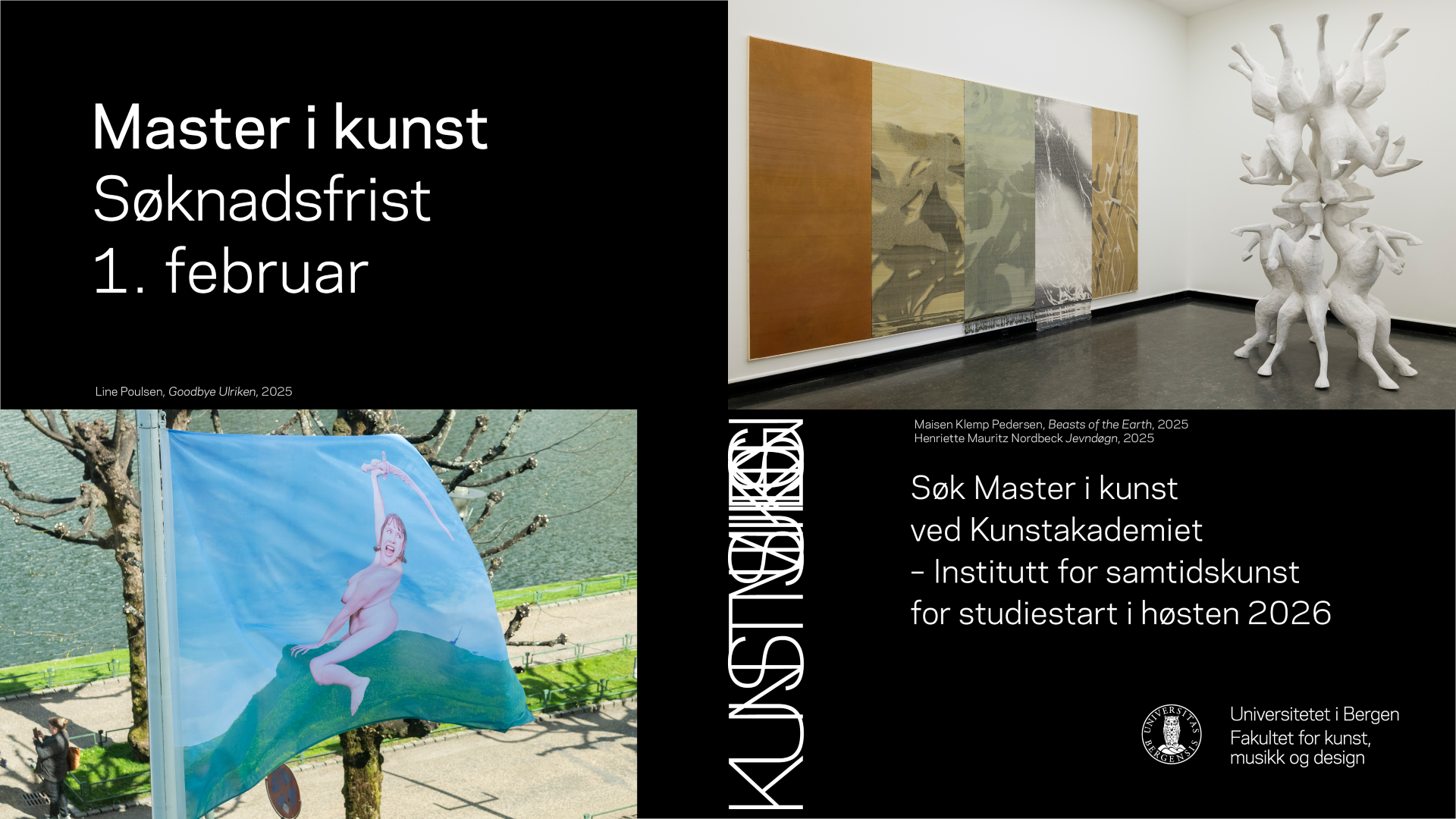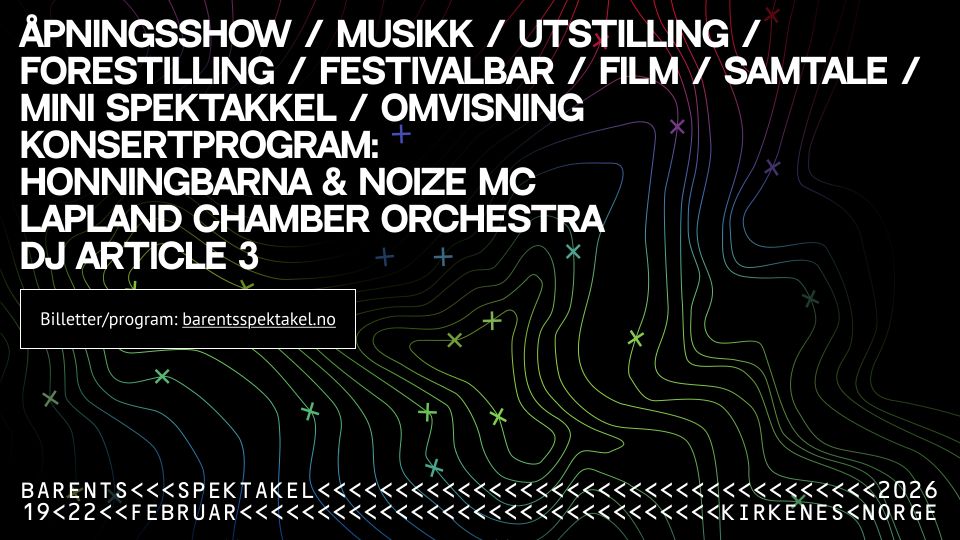
Lina Viste Grønli’s new works at gallery Christian Andersen constitute a perfect exhibition. Here, the moniker “perfect” should be taken entirely at face value, with no trace irony, no tongue-in-cheek distance, no cheerily winking emoticon. And you will not find any sophistic “but” coming up later to remind us that perfection is also boring or uninteresting or whatever people tend to come up with. It is, quite simply, a perfect exhibition. Perfect for the gallery context. Perfect for the scale and scope of the space. Perfectly installed on plinths and podiums (the trend of placing objects directly on the floor is on the wane). On top of all this it is also satisfyingly complex and has the wonderful property of consisting of works that are smarter than those (me) who look at and write about them. Perfect.
Up until this point, I have only had a fleeting encounter with the Norwegian artist, who was born in 1976 in Bergen, studied art in Aarhus and Oslo and now lives in Boston. In 2012 I saw a eurhythmic work by her at Christian Andersen: it features a performer spelling out the words “Phil Collins” in black-and-white photographs – a work that I rejected as being too on-trend. At that time there was a glut of works about, by and informed by Rudolf Steiner and anthroposophy – but nevertheless this work was delightfully spiky with its inclusion of Phil Collins and, not least, its irreverent title: “Phil Collins in Eurythmics”.

The current exhibition is more complex and has a more intricate title, A Hobo Pentimento Objet Trouvé. It comprises twelve objects, all of which have been created on the basis of the same principle: American pennies have been glued onto found objects so that the coins form a neat copper-coloured carapace around the object underneath. The found objects are: three different kinds of shoes (one pair of high-heel shoes, one pair with smaller heels, one pair of Nike sneakers); two branches from a tree; two boxes of cornflakes or a similar breakfast cereal; socks and underwear. Voilà.
The concept of pentimento hails from the realm of painting, where it refers to visible trances of former incarnations of a work that reveal how the artist changed their mind as they painted. In this context the concept becomes wonderfully confusing. Grønli refers to the simple act of taking found objects and adding another layer of ‘object’ onto them as a thinging – a becoming thing. She borrows this concept from the German philosopher Martin Heidegger –and in some sense she also makes Heidegger’s concept her own “thing” while transforming it into a well-oiled machine for the production of works. For if you glance at her CV, you will find that she has created many exhibitions based on this thing-principle.

In Grønli’s works, found objects become things imbued with added value in more than one sense. Partly through the addition of the coins themselves, but even more so through their new status as works of art. This dual thinging is quite spectacular, and to my mind it represents philosophical thinking at a very high level – presented, made clear and made real in such a way that these works ought to be fixtures on the curriculum of schools worldwide: this is how you make a work of art.
An important addendum to the story is the simple, but startling fact that the cost associated with producing the copper-coloured penny has long since exceeded the nominal value of one cent.
This fact reminds me of the Italian media theorist Franco Berrardi and his point about how the economy became a matter of pure semiotics in the 1970s when president Nixon brought an end to the gold standard and the Bretton Woods system, which had established stable exchange rates between different currencies across the world. With this move you could say that Nixon set the dollar free. In Grønli’s work the money has been re-semioticised in a 1:1 relationship between the symbolic and true value of the coin. But if you move through the gallery space, where Grønli’s works parade themselves as shiny objects of desire, and then set out to fathom the art market – famously the only unregulated market in the world – and how it generates value, then you are, to mind, on the right track. Absolutely perfect.









